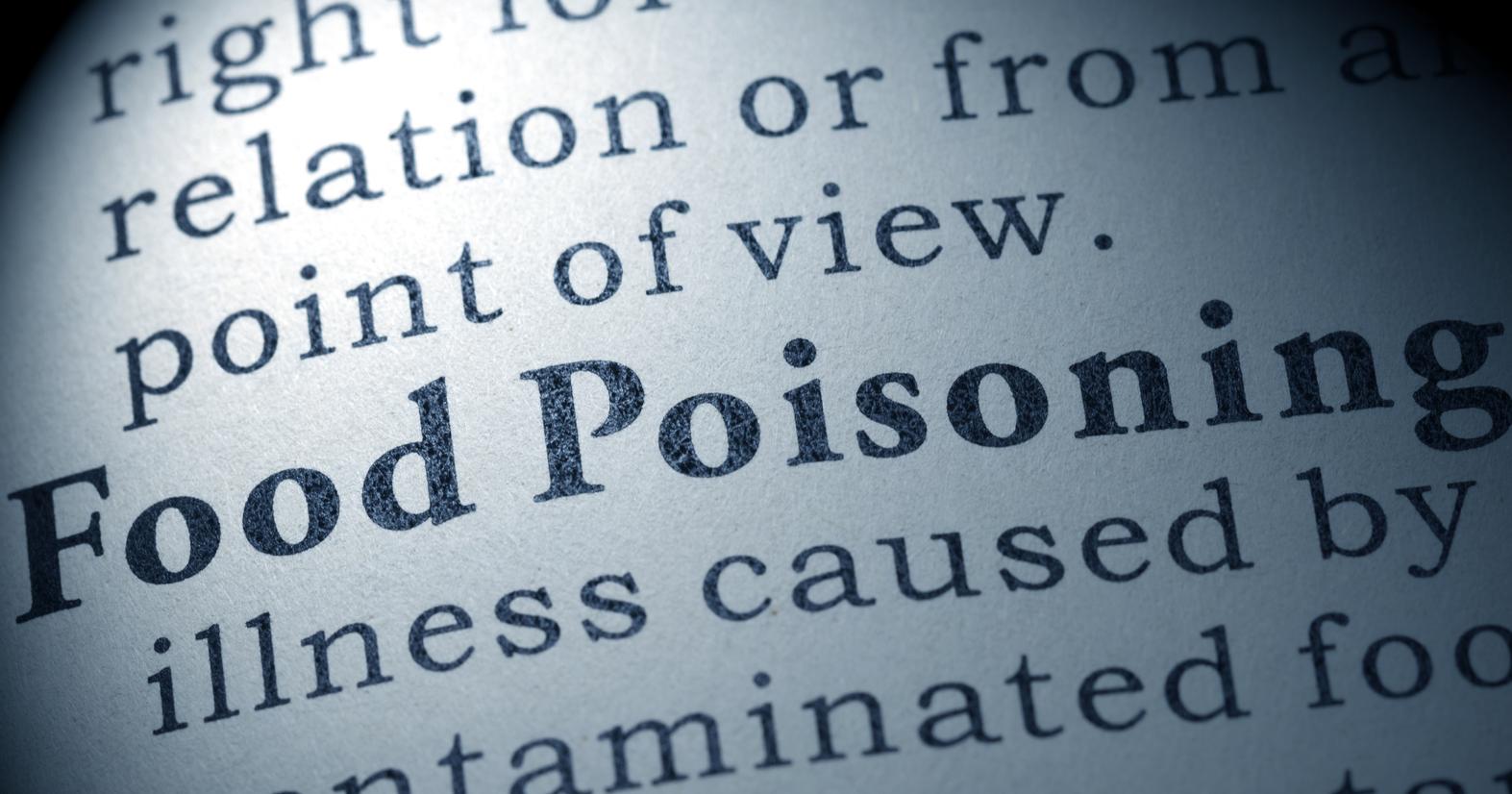Common Causes Of Nausea
Migraines
Migraines are severe, recurring headaches that can be debilitating. Patients having a migraine frequently experience nausea with or without vomiting, and sensitivity to touch, light, smells, and sound is common. Some migraine patients might notice mood swings, and the pain associated with migraines can occur on one or both sides of the head. Migraines may last for around four hours, and some patients might have migraines that persist for three days at a time. Frequent yawning, food cravings, and mood changes may begin up to two days before a patient's migraine, and patients could also notice an aura in advance of their migraine. Generally, an aura lasts for twenty to sixty minutes and includes visual disturbances such as seeing lights or shapes or having blank spots in the visual field. Some individuals have reported hearing music or noises, and weakness in one side of the body has occurred.
Neurologists can usually diagnose migraines with a health history, physical examination, and neurological examination. In some cases, a CT or MRI scan may be recommended. Treatment options for migraines include pain relievers and preventative medicines that can reduce the frequency and severity of migraines. Calcitonin gene-related peptide monoclonal antibodies, antidepressants, calcium channel blockers, and anticonvulsants are often used for migraine prevention.
Read more about the various causes of nausea now.
Food Poisoning

Food poisoning is a condition that develops following exposure to bacteria or other contaminants in food. Listeria, campylobacter, and salmonella are all common contaminants linked to food poisoning, and contamination can occur at any stage of the food production and preparation process. For example, some contaminants could be spread by food handlers who have an infection, and food could also become contaminated if it is left out for too long or not properly heated or chilled.
Symptoms of food poisoning can begin within a few hours of ingesting contaminated food, and some patients might not develop symptoms for more than a week after exposure. In addition to nausea, individuals with food poisoning typically experience abdominal pain, fever, vomiting, and diarrhea. Patients should seek urgent medical attention if they have a fever of more than 100.4 degrees Fahrenheit or if they notice blurry vision, muscle weakness, or signs of dehydration. While some cases of food poisoning resolve in a few days without treatment, doctors may prescribe intravenous fluids to treat dehydration, and antibiotics might be recommended for individuals with food poisoning caused by bacteria.
Uncover more causes of nausea now.
